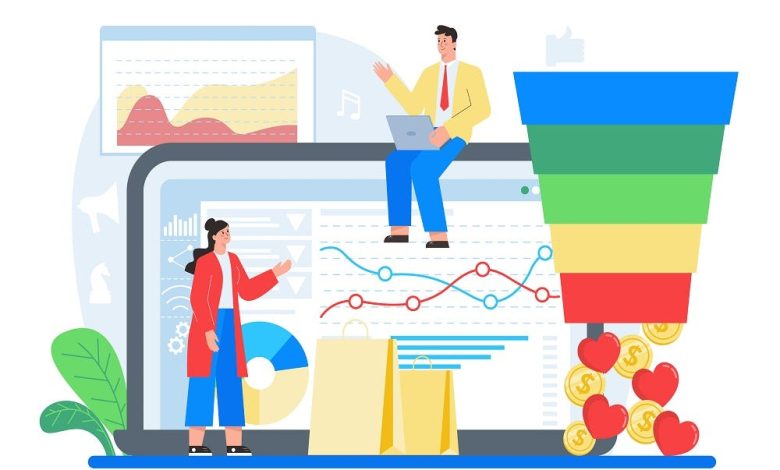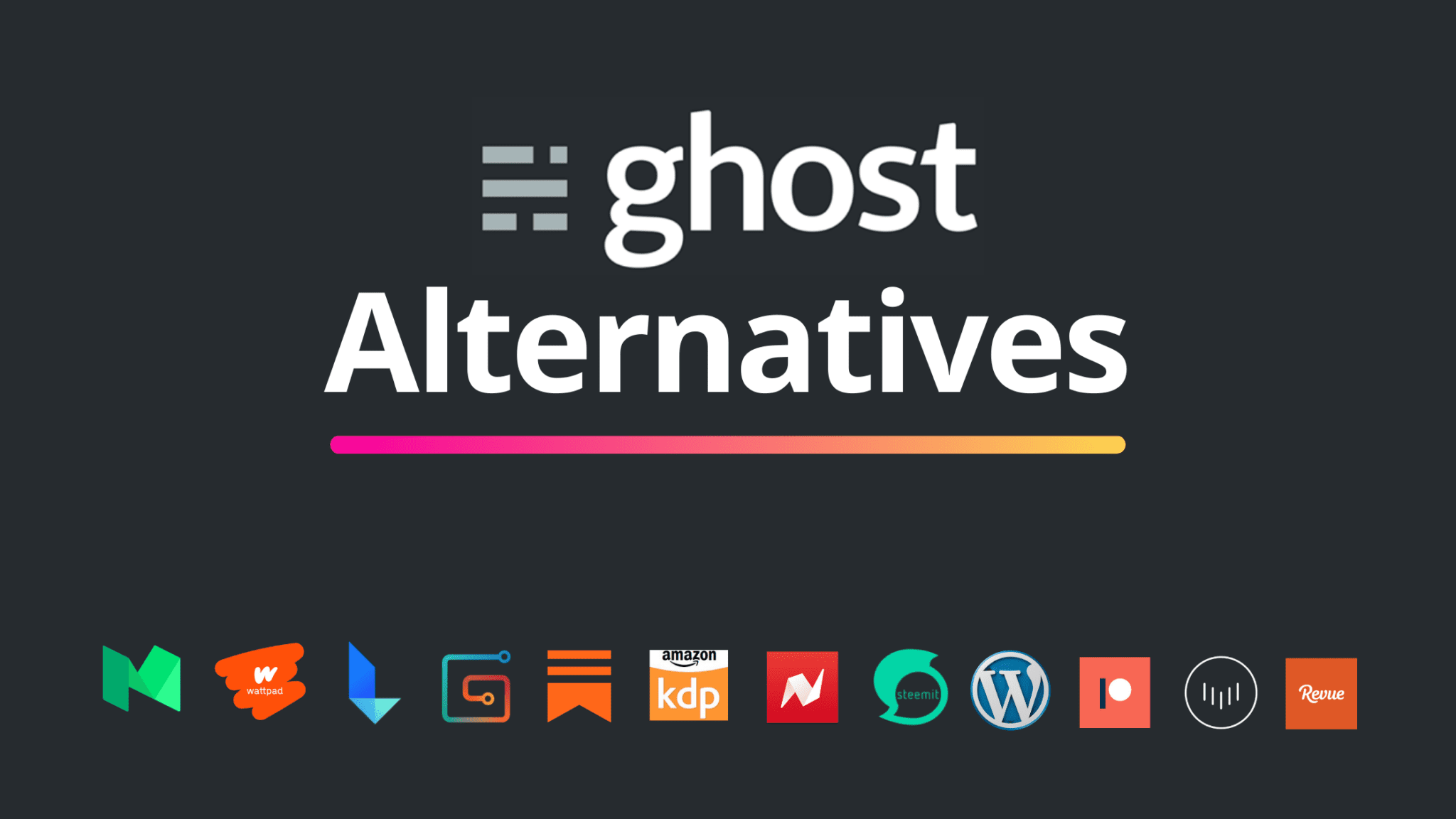Strategies for Effective Business Forecasting with Modern Tools

Maintaining a competitive edge in today’s fast-paced business environment goes beyond relying solely on intuition and experience. It demands data-driven insights and accurate predictions about future trends. This is where modern business forecasting tools come into play. Leveraging the power of data and advanced technology, these tools provide organizations with the means to make informed decisions, allocate resources efficiently, and ultimately thrive in a dynamic marketplace. This article will explore effective strategies for harnessing the capabilities of modern business forcasting tools to propel your organization forward.
1. Define Clear Objectives and Scope
Before diving into the world of forecasting, it’s essential to define clear objectives and the scope of your analysis. Determine what specific questions you want your forecasting tool to answer. Whether it’s predicting sales, demand for a product, or market trends, clarity of purpose is the first step toward effective forecasting.
2. Collect Quality Data
The accuracy of your forecasts depends heavily on the quality of the data you feed into your forecasting tool. Ensure your data is clean, consistent, and relevant to your objectives. Modern tools can handle vast amounts of data, but it’s crucial to regularly clean and update your datasets to maintain their accuracy.
3. Choose the Right Forecasting Model
Modern forecasting tools offer various models suitable for different data types and objectives. Understanding your data and the nature of the problem you’re trying to solve will help you select the most appropriate model. Common models include time series analysis, regression analysis, and machine learning algorithms.
4. Leverage Machine Learning and AI
Machine learning and artificial intelligence have revolutionized business forecasting. These technologies can analyze vast datasets, identify complex patterns, and make predictions with remarkable accuracy. Integrating machine learning and AI capabilities into your forecasting tool can enhance its predictive power.
5. Embrace Automation for Efficiency
Modern forecasting tools are designed for efficiency and automation. They can automate routine tasks like data collection services, data cleaning, and model selection. Automation saves time and reduces the risk of human error, leading to more reliable forecasts.
6. Monitor and Adjust
Business conditions constantly change, and your forecasting models should reflect these shifts. Regularly monitor the accuracy of your forecasts and be prepared to adjust your models and data sources as needed. Modern business forecasting tools make it easier to adapt to changing circumstances.
7. Collaborate Across Departments
Effective forecasting often requires collaboration across different departments within an organization. For example, sales, marketing, finance, and supply chain teams may contribute valuable insights and data. Modern forecasting tools can facilitate collaboration by providing a centralized data-sharing and analysis platform.
8. Visualize Your Forecasts
Visualization is a powerful tool for understanding and communicating your forecasts. Modern tools offer advanced data visualization features that help you clearly and compellingly present your findings. Visualizations can aid decision-makers in understanding the implications of the forecasts.
Conclusion
Effective business forecasting is no longer a luxury; it’s necessary in today’s competitive landscape. Modern forecasting tools, driven by data, technology, and advanced analytics, empower organizations to make informed decisions, allocate resources wisely, and adapt to changing market conditions. Businesses can enhance their forecasting capabilities by defining clear objectives, collecting quality data, choosing the right models, and leveraging automation and AI. Collaboration, visualization, scenario analysis, and ongoing education further strengthen forecasting. Embracing these strategies for effective business forecasting with modern tools positions organizations for success and resilience in an ever-evolving business world.



